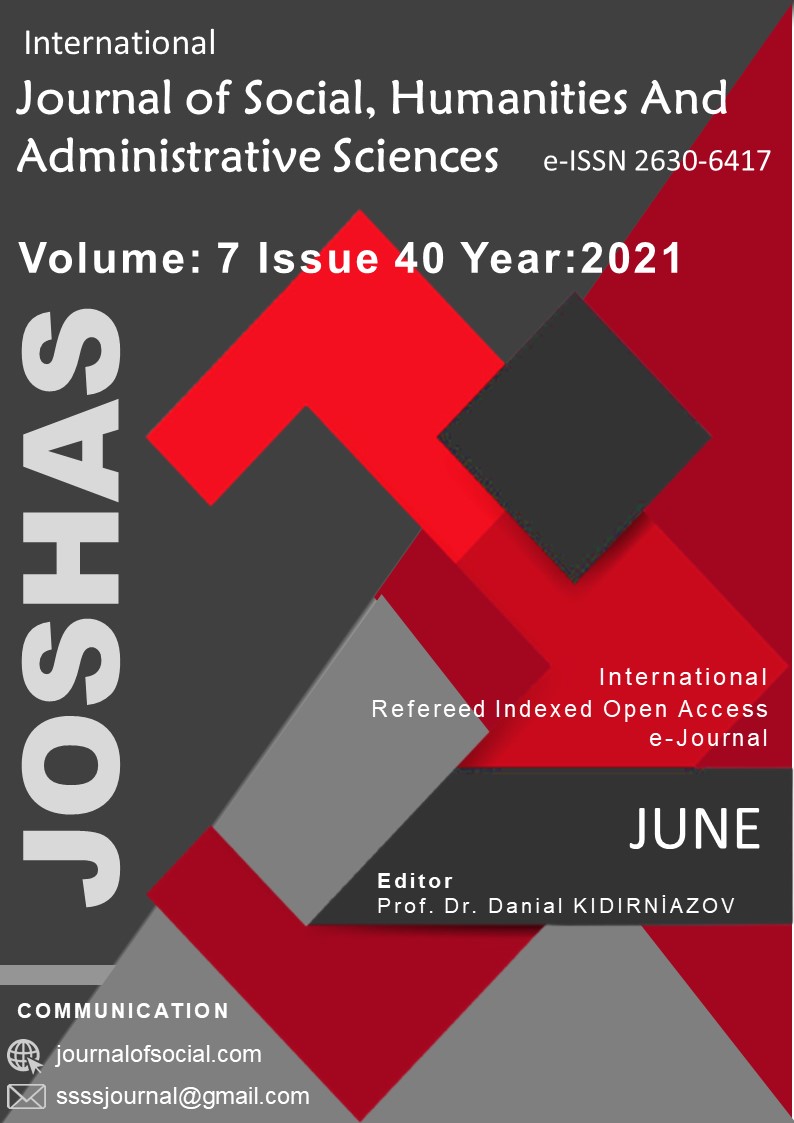Author :
Abstract
Bir metnin olay örgüsü anlatıcının edimiyle dolayısıyla dille ilişkilendirilir. Bu dilin karakteristik yönleri gözetildiğinde dönemden döneme değişen bir anlatı yapısının açığa çıktığı, bu nedenle de modernizm öncesinde ve sonrasında yazılmış bir metnin olaya yaklaşımının aynı olmadığı gözlemlenebilir. Tekrarlı olay örgüsüyle dikkat çeken bir masal, olayların doğrusallığının ön plana çıktığı 19. yüzyıla ait bir roman ya da olayların eski değerini yitirmeye başladığı, insan bilincinin olaylara müdahalesinin arttığı ve neredeyse karakterin iç monologuna dönüştüğü modern ya da postmodern bir anlatı bu karakteristik yapıyı görünür kılmaktadır. Bu değişim aynı zamanda olay noktasında birtakım tartışmalara da neden olmuştur. Bin Hüzünlü Haz (1997) gibi 20. yüzyılın postmodern anlatılarında imgeye dayalı, gelişigüzel şekilde bir araya getirilen, düş ve gerçeğin iç içe geçtiği olaylar dikkat çekmektedir. Romanda olay eski işlevini yitirerek önemsiz hâle gelir. Böyle anlatıların “olay”ın konumlanma biçimi noktasında ne şekilde değerlendirilmesi gerektiği de tartışılmıştır. Buna göre dağınık bir bilinçle ilerleyen bu metinlerin “olaysız anlatı” ya da “olayın geri planda kaldığı anlatı” sınıflandırmalarından hangisine dahil edileceği düşünülür. Bu çalışmada, örnek metinlerden ve kültürel arka plandan hareketle bir anlatıda olayların varlığı/yokluğu meselesi sorunsallaştırılmış, bununla ilgili kapsayıcı sonuçlara ulaşılmaya çalışılmıştır. Çalışmada ilk olarak olay örgüsünün dönemlere özgü yapısı açımlanmış, ardından Bin Hüzünlü Haz romanı yakın okumayla incelenmiştir.
Keywords
Abstract
The plot of a text is associated with the act of the narrator and therefore the language. Considering the characteristic aspects of this language, it can be observed that a narrative structure that varies from period to period is exposed, and therefore the approach to the event of a text written before and after modernism is not the same. A tale that draws attention with its repetitive plot, a 19th century novel, where the linearity of events comes to the fore, or a modern or postmodern narrative in which events begin to lose their former value, the intervention of human consciousness into events increases and almost turn into the inner monologue of the character makes this characteristic structure visible. This change also caused some controversy at the point of the incident. In the postmodern narratives of the 20th century, such as Bin Hüzünlü Haz (1997), events based on image, randomly combined, dream and reality are intertwined take attention. In the novel, the event loses its former function and becomes insignificant. It was also discussed how such narratives should be evaluated in terms of the positioning of the "event". Accordingly, which of these classifications such as the “uneventful narrative” or “narrative in which the event is left behind” can the text proceeding with a scattered consciousness be included in? In this study, based on sample texts and cultural background, the issue of presence / absence of events in a narrative has been problematized, and comprehensive results have been tried to be reached. In the study, first of all, the period-specific structure of the plot was opened, and the novel Bin Hüzünlü Haz was examined with a close reading.
